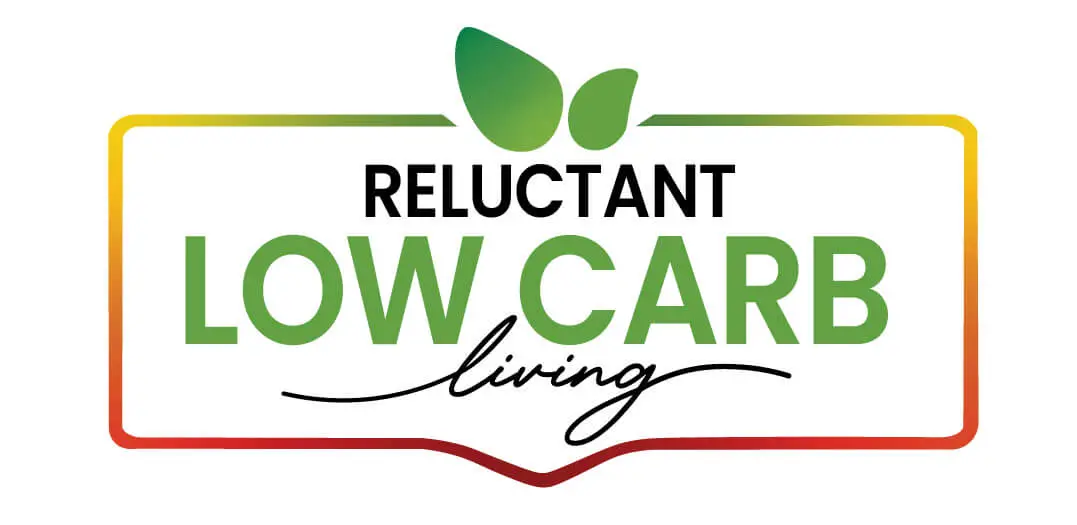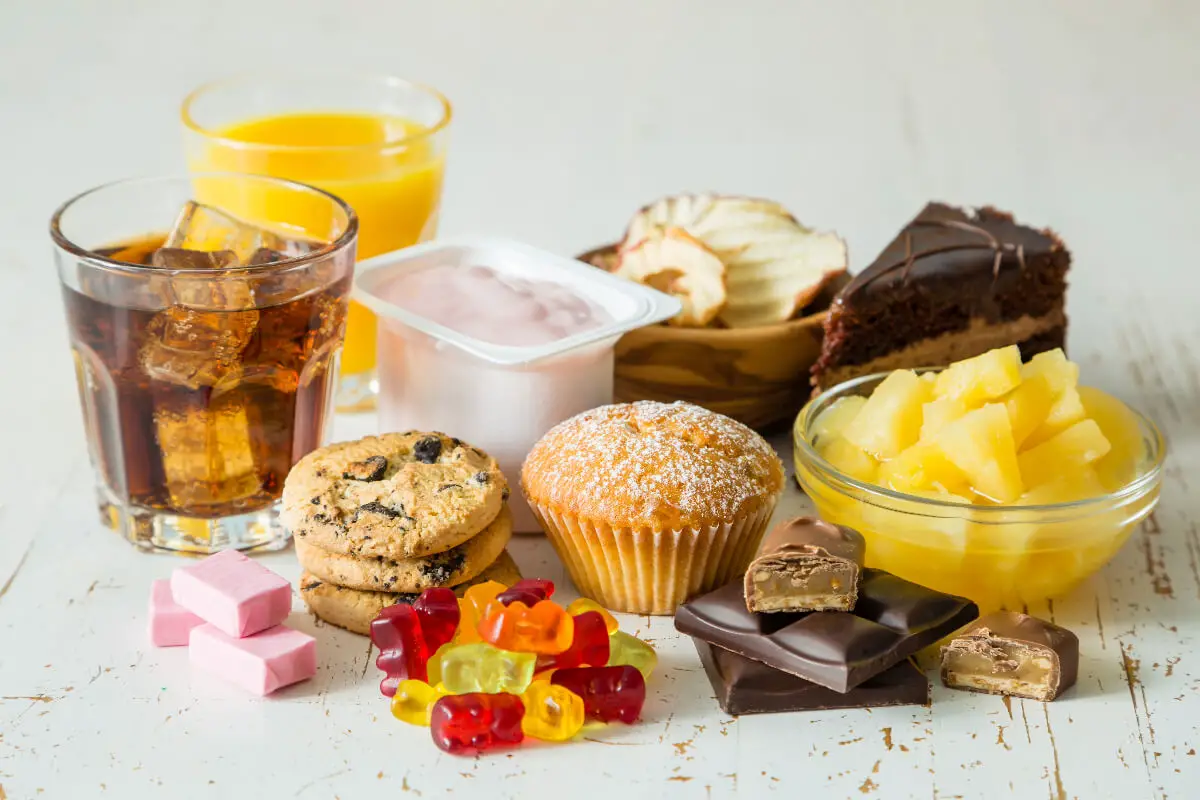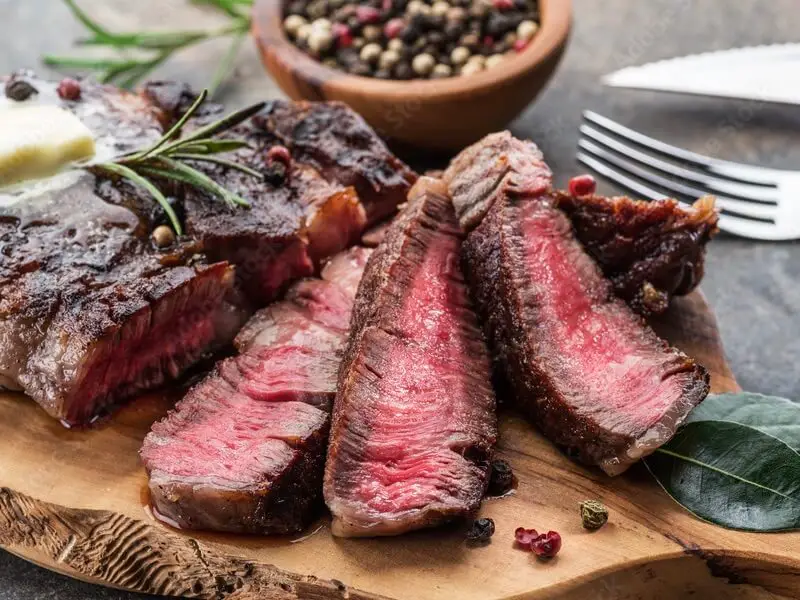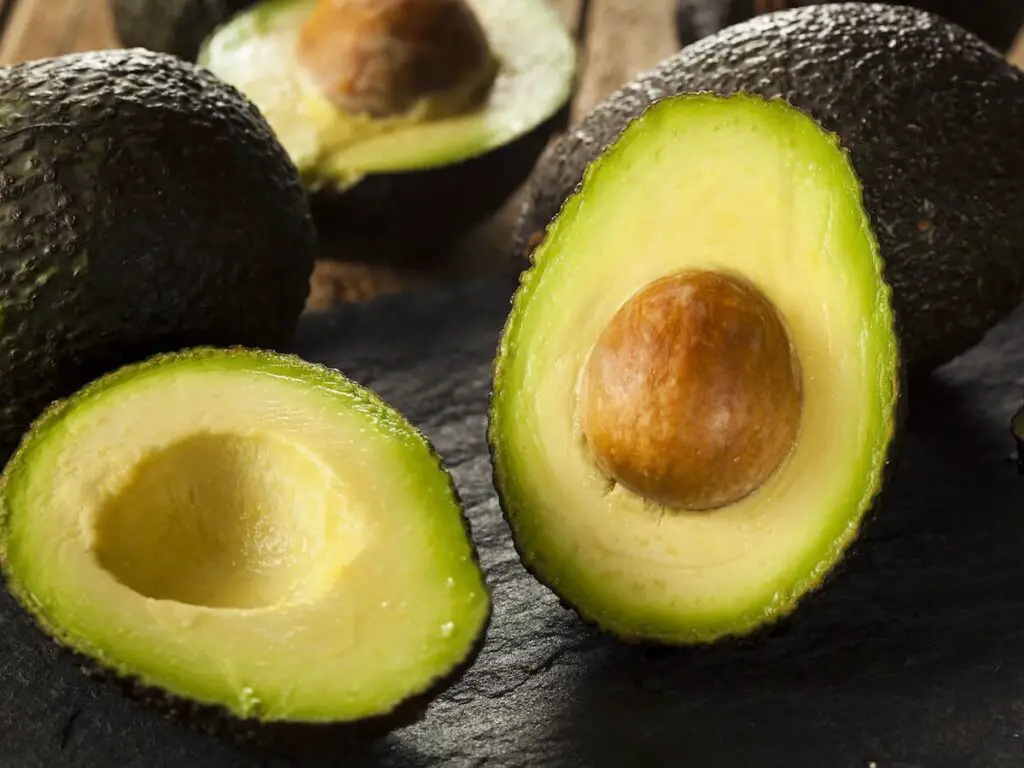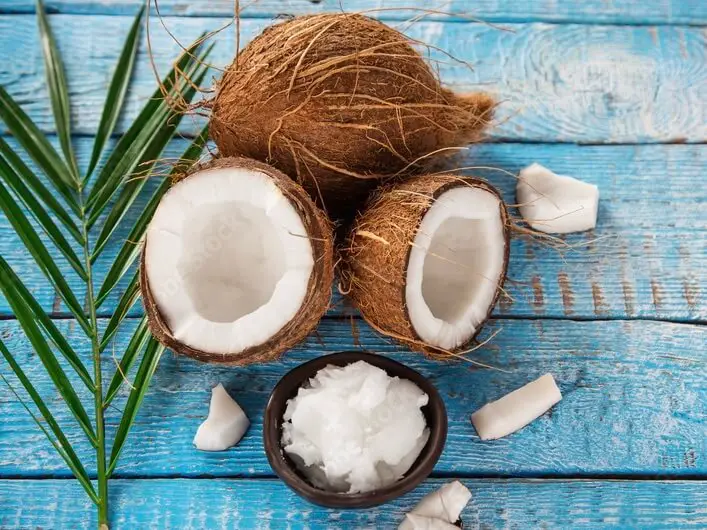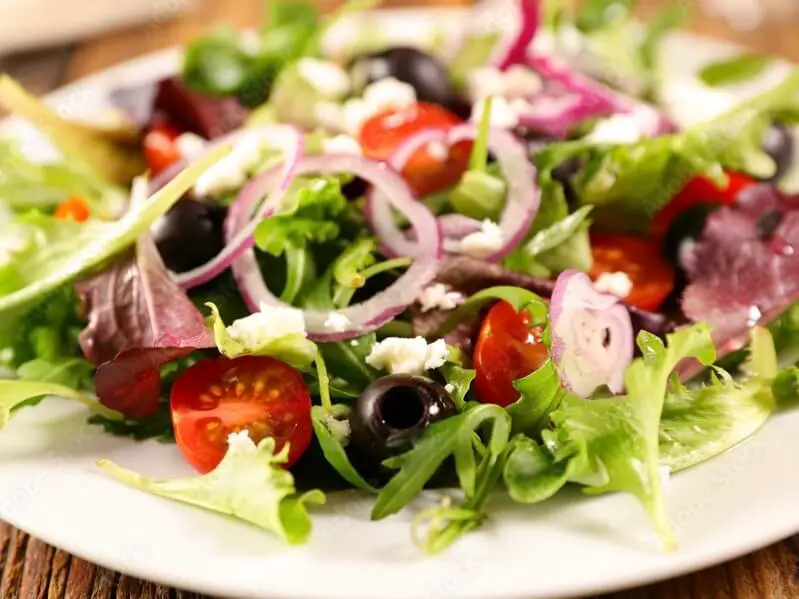Our consumed foods have undergone significant transformations in the era of fast-paced lives and convenience-driven choices. The rise of ultra-processed foods, designed for ready-to-eat or ready-to-heat consumption, has striking implications for our health and everyday diet. This in-depth analysis serves as the conceptual roadmap to shed light on the relatively obscure domain of ultra-processed foods.
This study strives to inform and educate from understanding the core of processed foods to exploring the NOVA food classification system and listing out the ultra-processed foods as per the NOVA classification. Further, by investigating healthier alternatives to replace these foods, this discourse paves the way for informed dietary choices.
Table of Contents
- Understanding Processed Foods
- Diving into the Nova Classification
- The List of Nova Ultra Processed Foods
- Alternatives to Ultra-processed Foods
- Related Question
Understanding Processed Foods
Ah, the good life! Beautiful home décor, perfect trend-setting outfits, and captivating snapshots of gourmet meals – we all love the allure of a well-curated lifestyle. But let’s spill the tea on a subject that deserves just as much attention: ultra-processed foods.
They can be tempting with their flashy packaging and convenience, but at what cost? Let’s dig a bit deeper and discover why these may not be the best dining companions for the health and lifestyle-conscious among us.
But first, what exactly are ultra-processed foods?
Imagine the aisles of your go-to grocery store. Those packages of chips, cookies, microwave meals, sugary cereals, and fizzy drinks may be convenient, but they are the main culprits.
More technically, ultra-processed foods are industrial formulations with five or more ingredients. They’re chock-full of additives, sugars, oils, fats, and preservatives, making them shelf-stable, convenient, and addictive.
Why the concern, you ask?
Let’s face it – appearances matter. So, while a delicious, crispy snack may seem like the perfect accompaniment to binge-watch your favorite series, it may not precisely align with your aspirational lifestyle goals.
For starters, research links ultra-processed foods to several health risks. They’ve been connected to obesity due to their high sugar, fat, and calorie content but low nutritional value. Additionally, these foods typically lack fiber, a key component for satiety and gut health. So yes, even though those cheese puffs taste spectacular, they may not leave you feeling full and nourished.
Growing evidence also connects these foods with increased risks of cardiovascular diseases, metabolic syndrome, and type 2 diabetes. Quite unsettling.
Not to mention the impact on the environment. These foods’ production and packaging processes consume significant amounts of energy and raw materials that contribute to pollution. So, reducing consumption of ultra-processed products couldn’t just spruce up your health – it could also help spruce up our planet!
Every detail, from the perfect outfit to the food on your plate, matters when creating a high-quality, vibrant lifestyle. Because long-term wellness is always in style, from focusing on whole foods, fresh ingredients, and home-cooked meals, your body and mind will thank you.
Remember, just because something is convenient and packaged with promises of flavor doesn’t mean it aligns with your goals. Knowledge is power, and examining those product labels is an excellent step towards a healthier, more authentic version of the life you want.
Living the dream isn’t just about the aesthetics – it’s also about feeling good and making conscious decisions. And needless to say, ditching or minimizing these ultras from your shopping list can make a difference! After all, isn’t a fabulous life all about making choices that make you feel fabulous inside and out?
Strive for balance and cherish every moment, but remember, when it comes to ultra-processed foods, there are a few things worth considering before you reach for that convenient snack. Be bold, be stylish, and above all, be informed. Happy shopping, darlings!
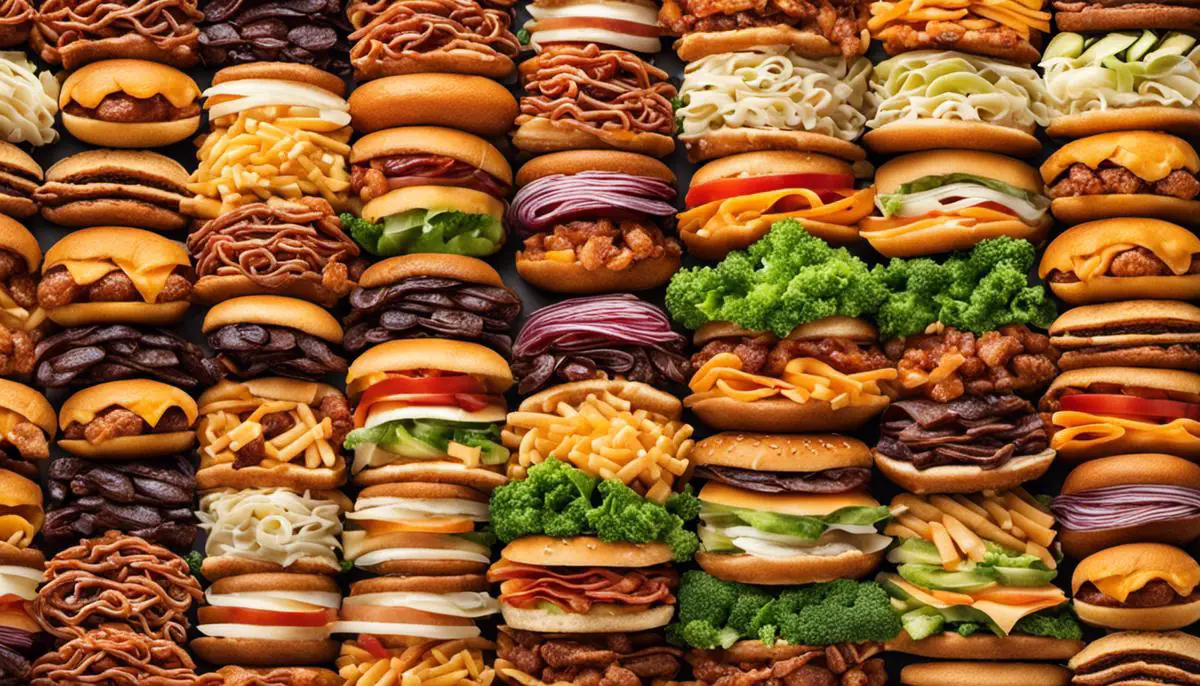
Diving into the Nova Classification
It’s time to flip the switch and talk about a trendsetter in the world of food classification: the Nova system. A more nuanced, comprehensive method of evaluating processed food, this tool assigns food into four categories according to the degree of processing involved rather than the traditional way of evaluating based on nutrient content alone.
So, what exactly is the Nova classification system? Developed by researchers at the University of Sao Paulo in Brazil, it’s poised to change how we understand and assess processed foods.
This tool doesn’t just stop at calories, nutrients, or portions; it delves deeper into the food processing narrative. In layperson’s terms, it scrutinizes what goes on behind the scenes – how our food is prepared, the ingredients used, and the industrial processes involved.
But why exactly should we turn to Nova as our go-to classification tool? The answer lies in its careful and nuanced approach. Rather than solely focusing on nutrients and ingredients, it considers the entire production process, from raw materials to the final product.
It distinguishes between unprocessed foods and culinary ingredients, processed foods, and, last but not least, the infamous ultra-processed foods.
Devised by the best minds in food research, the genius behind Nova lies in its ability to differentiate between products that are merely preserved, like canned vegetables and fruit, and those that are ultra-processed – a shiny, modern term for foods with refined ingredients and additives.
This system’s broader context helps us make more informed and sustainable choices, working in synergy with our planet and health. Ultra-processed foods bear a lighter ecological footprint – less agricultural land and less water and energy needs are required. But do remember, sustainability isn’t just environmental. It also involves our well-being- and health.
Nova’s revolutionary approach encourages an increased appreciation for whole foods and fresh ingredients – the pillars of healthy, nutritious eating. It nudges us to make mindful choices in our journey toward balance and well-being. The Nova system is a guide, not a rulebook, for intelligent food consumption.
Because who said eating well had to be a chore? The Nova system doesn’t impose a rigid diet but promotes a dynamic way of life – full of color, diversity, and a healthy respect for our bodies and environment.
So, pause the next time you’re mesmerized by gleaming aisles of canned goods, microwave meals, and snacks adorned in their vibrant packaging. Remember the Nova system and its innovative approach.
By doing so, you acknowledge both the aesthetic and the science behind food, taking one more step towards a balanced lifestyle. Looking good and feeling good is, after all, a perfect match. Why settle when you can have both?
That’s the beauty of the Nova classification system. It’s not only a tool for evaluating processed foods – it’s your highway to mindful, well-rounded living. And isn’t that the ultimate life goal?
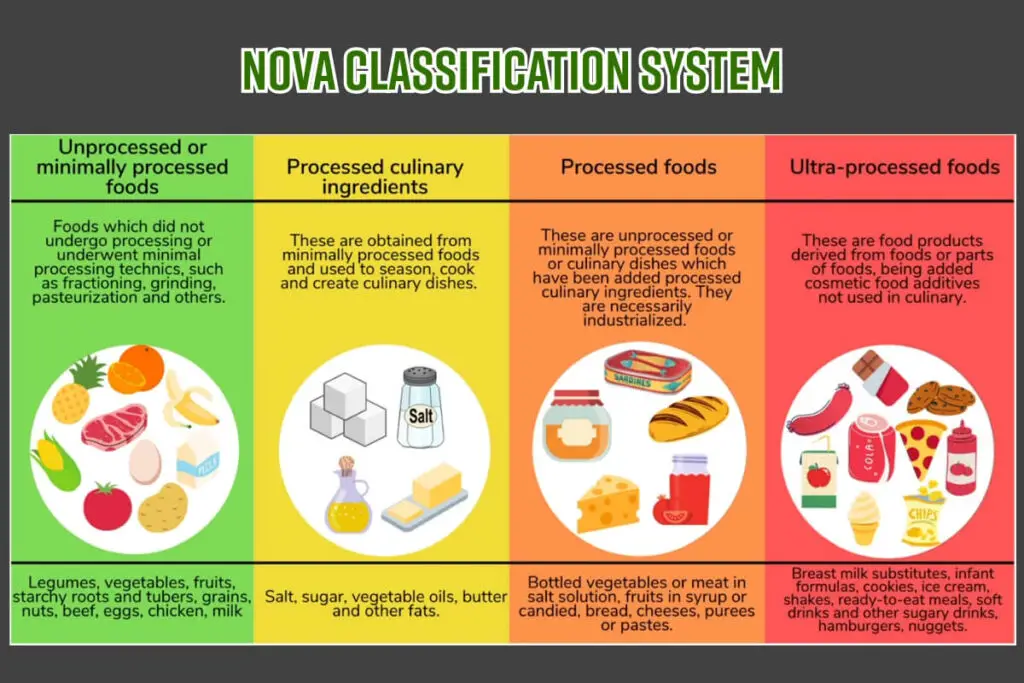
The List of Nova Ultra Processed Foods
It’s crucial to shine a light on what falls into the category of ultra-processed foods according to the Nova classification system – an innovative tool that focuses on the extent and purpose of food processing.
Here’s the essential list of items that classify as ultra-processed, which you might want to reconsider before adding them to your shopping basket, or at the very least, consume them balanced and sparingly.
- Ready-to-eat snacks and treats: These include everything from potato chips and popcorn to confectionery goods like candies, chocolates, cookies, and sugary cereals. These products are usually high in sugar, sodium, and unhealthy fats and low in crucial nutrients.
- Fast-food items and instant meals: This group includes burgers, fries, pizza from large-scale franchises, hot dogs, and various microwavable meals. These dishes typically have low nutrient density and contain sodium, trans fats, and empty calories.
- Carbonated and other sugar-sweetened beverages: Think sodas, fruit juices, energy drinks, and ready-to-drink sweetened coffees and teas. Most of these drinks offer nothing more than a sugar kick, significantly contributing to the daily sugar intake far beyond the recommended limits.
- Processed meat: Bacon, sausages, hot dogs, ham, salami, and most deli meats fall into this category, often linked to heart-related conditions. The added salts, preservatives, and additives elevate their status to ultra-processed.
- Pre-packaged baked goods: Muffins, cakes, pastries, or other treats with a long shelf life are also part of this list. They usually contain many additives, preservatives, and a lofty dose of sugars and fats.
- Reconstituted food products: These include nuggets, sticks, or burgers made from reconstituted meat, fish, or cheese. They frequently come with a lengthy list of ingredients, most of which are additives or preservatives, and a very marginal part is the actual food it claims to be.
- Instant soups and noodles: Dehydrated products that rehydrate with hot water or microwave are high in salt and additives and usually very low in nutritional value.
Understanding what you’re eating and how it impacts your body and the more fantastic world around you is the first step towards a more conscious and balanced lifestyle. It’s all about striking a balance, borrowing the philosophy of less is more when it comes to ultra-processed foods.
Incorporating the Nova classification into your food choices elevates your health and the aesthetic joy of fresh, vibrant ingredients in the kitchen. Checking labels, understanding ingredients, and making informed dietary choices can indeed reflect a lifestyle of elegance and mindfulness.
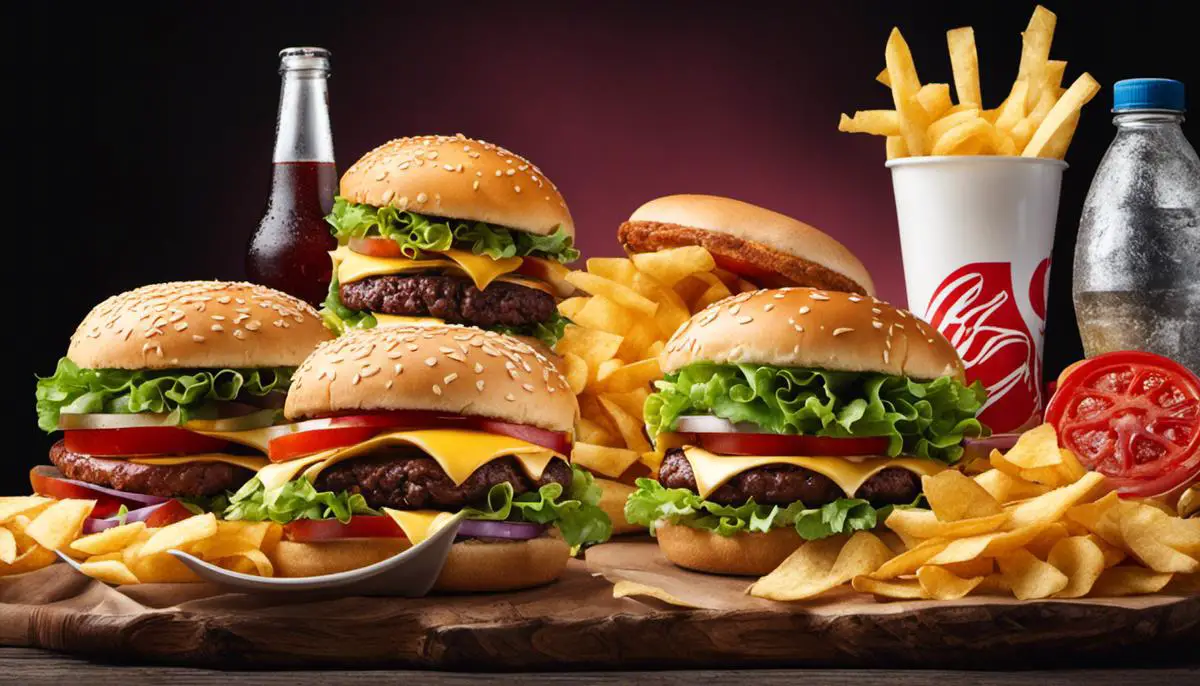
Alternatives to Ultra-processed Foods
After exploring the potential harm that ultra-processed foods can cause us and our precious planet and delving into the ins and outs of the Nova classification system, it’s hard to ignore the elephant in the room – are there genuinely healthy alternatives to Nova ultra-processed foods and can they uncompromisingly replace them in our life?
It’s here. The liberating moment we’ve been waiting for is retracting the reign of ultra-processed foods from our lives and replacing them with wholesome, nutritious alternatives that celebrate our palette and wellness.
Yes! We are talking about shifting the balance towards unprocessed and minimally processed foods – the predecessors of the Nova classification that have always existed. However, the allure of convenience overshadowed them.
Picture this – your day starts with a sumptuous bowl of overnight oats topped with fresh berries instead of neon-colored cereal soaking in sugar-saturated milk. Your snack time transforms from a process of unwrapping those high-sodium chips to a refreshing pause with fresh fruits and nuts. Irresistible.
Of course, no one’s going to pretend that you can whip up a lasagna from scratch faster than opening a ready-to-go meal, and therein lies the balance – emphasizing fresh ingredients and hardcore prep on the one hand but not wholly dismissing the value of semi-processed ingredients like tofu or pasta that can ease the practicalities of daily cooking.
These healthier alternatives not only aim to improve our health by providing essential nutrients but are also known for their contribution to our mental well-being.
Cooking with whole foods, choosing vibrantly colored vegetables, indulging in the sweet juiciness of in-season fruit – these are not just mindful cooking practices but an aesthetic experience, a sensory delight, and an appeal to our artistic senses as much as to our appetites.
While replacing ultra-processed fast foods might seem daunting, whole-grain wraps, fresh salads, and homemade soups can be quick, versatile, and equally satisfying. Likewise, processed meats, infamous for their high sodium and fat content, can graciously step aside for lean meats, fish, or intriguing plant-based proteins.
Sweetening the deal, we need to browse less on the supermarket’s shelves for pre-packaged, sugar-laden baked goods and more on simple yet enthralling recipes of homemade alternatives. Talk about dark chocolate-dipped strawberries or a beautifully carved melon replacing those sugar-sweetened beverages!
Cultivating this extensive shift will undoubtedly require commitment, but the reward is not just a healthy and balanced lifestyle. It’s about embracing a visionary perspective, where we, as individuals, contribute to the collective efforts of reducing the environmental burden of food production and inspire others to take meaningful steps towards healthier living.
Changing habits and embracing alternatives isn’t a mere lifestyle transition; it’s a life-enhancing revolution. Let’s break free from the encumbrances of ultra-processed foods and toast to the glorified return of wholesome eating.
Let’s celebrate taste and health as they should have been combined. It’s high time we put the ‘life’ back into lifestyle!
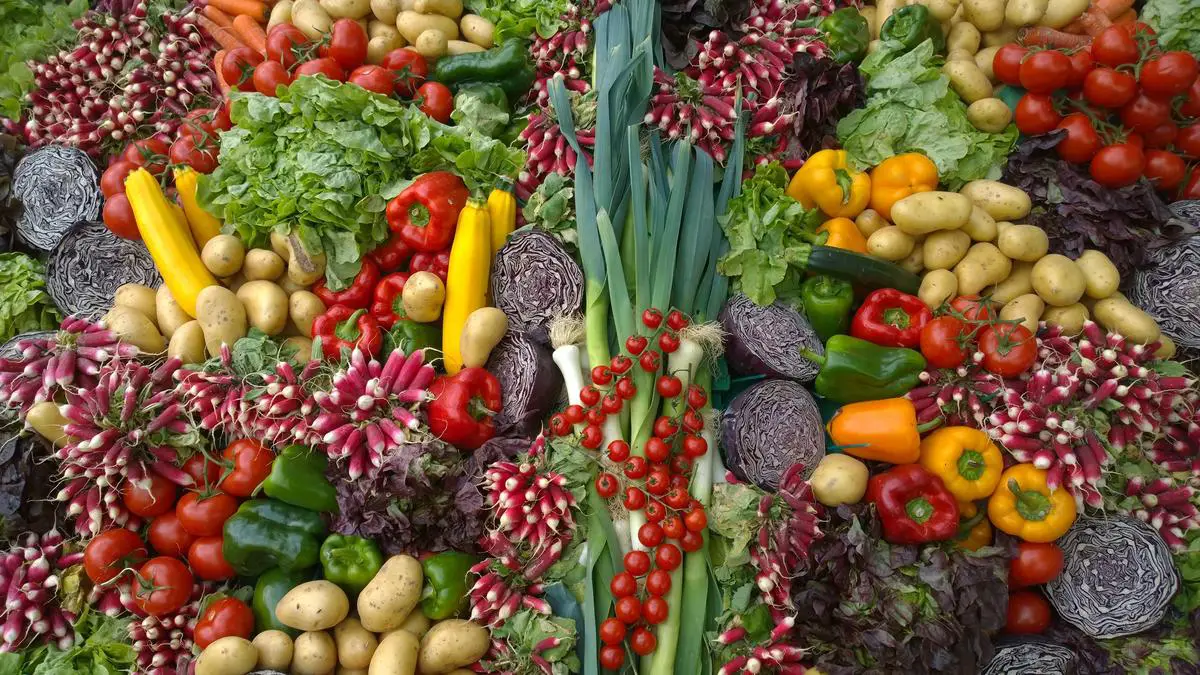
Awareness, understanding, and informed decision-making can ultimately empower individuals to establish healthier food habits. Despite the omnipresence of ultra-processed foods in contemporary markets and diets, they are not without alternatives.
Recognizing the NOVA ultra-processed foods and their potential impacts on our health is pivotal in improving dietary practices. This insight should serve as a call to action for individual change and broader systemic shifts toward promoting whole and minimally processed foods.
After all, the choices we make today have far-reaching implications for our health and wellness in the future.
At Reluctant Low Carb Life, we are staunch advocates of the Health Trifecta: Fullness, Fitness, and Freshness. Additionally, we embrace the pillars of health, wellness, and graceful aging. Our mission is to provide honest and precise information to individuals dedicated to adopting a healthy lifestyle while enhancing their fitness and well-being.
We have a free monthly newsletter that is filled with information and helps you remain updated. Subscribe to the Reluctant Low Carb Life newsletter by clicking here.
Listen to our weekly podcast, Reluctant Low Carb Life, on all the major podcast platforms by clicking here.
Follow us on Instagram and Facebook by clicking those Social Media.
Related Question
Asian Chicken Peanut Brown Rice Broccoli Salad Recipe
The Asian Chicken Peanut Brown, Rice Broccoli Salad, is one of my favorite dishes. It’s perfect for preparing beforehand and then tossing together just before serving.
The brown rice is served cold, which pairs wonderfully with the vibrant Asian flavors. Not only is this salad easy to whip up, but it’s also packed with health benefits. It’s an excellent choice for those on a moderately low-carb diet.
You can read more about Asian Chicken Peanut Brown Rice Broccoli Salad Recipe by clicking here.
Low-Carb Friendly Maple Syrup Pecan Ice Cream
This low-carb-friendly ice cream is healthier than other ice creams, including any store-bought versions. While maple syrup does contain natural sugars, it’s perceived as a healthier alternative to highly processed sugars, and for many, it’s a preferred natural sweetener. The pecans in this ice cream give some added flavor and crunch.
You can read more about Low-Carb Friendly Maple Syrup Pecan Ice Cream by clicking here.
Fresh Homemade Italian Chickpea Flour Noodle Recipe
Embracing a keto or low-carb lifestyle doesn’t mean you must forgo some of your most-loved noodle dishes. With some innovation in the kitchen, you can craft homemade noodles that align perfectly with your dietary needs, ensuring that you don’t miss out on the comfort and joy of slurping up those delectable strands.
You can read more about Fresh Homemade Italian Chickpea Flour Noodle Recipe by clicking here.
